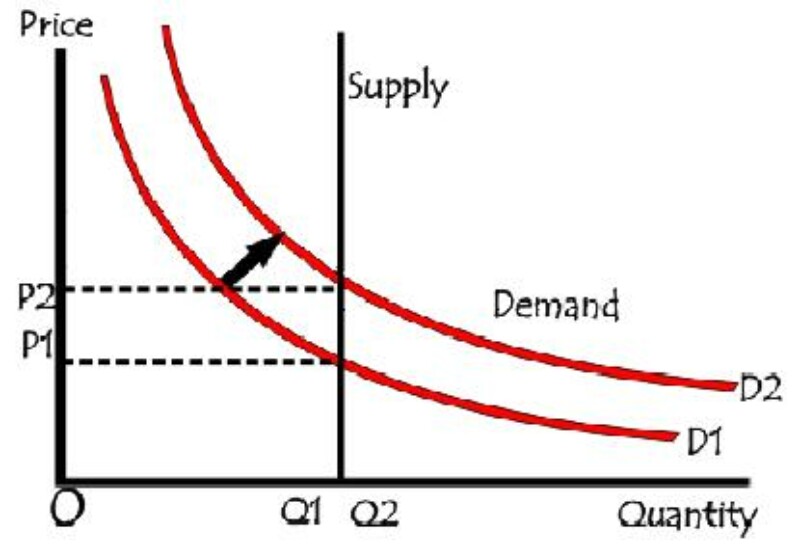The Principal View
I organised September’s Travel Technology Initiative conference. It was called Intermediary Futures and was all about what the next few years hold for travel industry players such as tour operators, online and high street travel agents, bedbanks, etc. You can download some of the speakers’ presentations from this page.
Intermediaries are middle-men. They don’t have any product of their own, they are selling other people’s goods (although you could argue that tour operators, in packaging hotels, flights, etc, do create their own products).
I thought I would invite a couple of principals to speak at the conference, so we could hear from them what it is they want from the intermediaries with whom they have commercial relationships. Just to be clear, principals are product owners such as hotels, airlines, cruise companies; organisations that have hard product.
I invited to speak Neil Davies, Head of Commercial & Revenue Management at Haven Holidays and Lennert de Jong, Director of Distribution at CitizenM Hotels. Both had interesting perspectives on intermediaries.
Neil is a revenue management expert. He defines revenue management as “the application of disciplined analytics that predict consumer behaviour at the micro-market level combined with the optimisation of product availability and price in order to maximise revenue growth.” He went on to say that this is all about understanding demand. He sees the role of intermediaries is to create demand.
The chart at the top of this blog illustrates the awkward position in which travel principals find themselves. This is a standard supply and demand chart that anyone interested in economics will have seen many times. Notice that I have drawn the supply curve as a vertical line. That is because hoteliers, airlines and other principals have very little short-term control of the quantity rooms or seats that are in the marketplace. They need to drive demand to raise the price, illustrated by the demand curve shifting right from D1 to D2.
However, not only do principals have little in the way of short-term control of their capacity but their stock is perishable. It is impossible to sell last night’s empty room, there is zero demand and supply. For yesterday’s stock, the demand curve sits along the bottom of the chart and the supply curve has shifted completely to the left.
This, of course, can lead to what one might call “principal panic.” If you have not stimulated demand sufficiently well the only way you are going to shift your empty rooms or seats is by lowering the price. With the advent of smart phones, this has led to a whole new raft of intermediary businesses specialising in ultra-last minute room sales, taking bookings for the same night.
Neil talked about the benefits of working with intermediaries, getting access to new markets and targeting different audiences, but he could also see the downsides including loss of control over your branding, dilution of your product’s exclusivity and having to pay commission. He believes that the winning intermediaries will be those who have the technology and people to understand the power and value of the data they are holding and exploit this. I think this also applies to principals as well.
Lennert of CitizenM has seen the rise in power of the large intermediaries – online travel agents that have grown their market power. He mentioned how commission percentages have increased significantly in the last ten years or so and that intermediaries compete with principals, bidding up the cost of search terms for their own brand names. His concern is that many hotels don’t know what to do to capture more direct clients, ie. stimulate demand for themselves.
As Director of Distribution, I think that Lennert sees it as his job to bring the customers in rather than surrendering this responsibility to others. He talked about the strategies he uses to achieve this and interestingly, as with Neil, also mentioned the power of the data he holds.
So what do I conclude from this? For principals, I think it is vital that they understand what it is they can do to directly drive demand. There are plenty of strategies and techniques that can be deployed to bring the customers in. Some principals are doing this well but many are not. Could they do better? I would like to think so. There is always scope for improvement in whatever one does.
What do you think?
